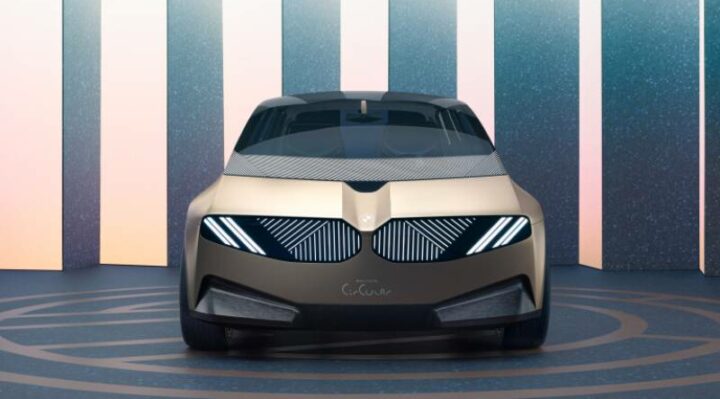
There have been rumors about the BMW i1 and i2 for a while now. The board of the corporation has finally given the go-ahead for the launch of the small EVs.
A recent report from Autocar states that the BMW i1 and BMW i2 have been given the all-clear. At the BMW Group Research and Innovation Centre in Munich, Germany, work on developing these entry-level EVs has begun. With the introduction of these more affordable vehicles, the German automaker hopes to increase accessibility to its EV lineup. The BMW iX1 is now the entry-level model in the company’s home market, with a starting price of €48,400.
Since there is yet no official word on the BMW i1 and BMW i2’s body style, detailed intentions for them remain veiled in mystery. According to the British magazine, BMW plans to offer the i1 as a hatchback or sedan and the i2 as a small crossover with a coupe body style. The i2 is expected to be a spiritual successor to the i3 (I01), a revolutionary electric small hatchback that BMW produced for around eight and a half years from 2013 and 2022, according to internal sources with knowledge of the development.
The BMW i Vision Circular demonstration car may have served as inspiration for the design of the BMW i1 and BMW i2. The bigger BMW i Vision Dee and BMW Vision Neue Klasse X concepts may also have some design characteristics; these are predicted to develop into the next-generation BMW i3 sedan and BMW iX3, respectively.
The Neue Klasse 800-volt, dedicated EV platform, known as the “NBx,” will serve as the foundation for the upcoming entry-level BMW i vehicles. Other iterations of this platform are dubbed “ZAx,” which will power BMW M electric sports cars, and “NAx” and “NDx,” which are intended for larger and more opulent models. Similar to the 400-volt FAAR architecture that powers the BMW iX1, the NBx version will support both FWD and AWD drivetrain configurations.
Because they are entry-level EVs, the BMW i1 and BMW i2 might have batteries that are less energy dense than those of larger, more costly versions, which means they will need to be charged more frequently. They should be able to take advantage of ultra-fast chargers, though, and make sure users find them useful and handy because of their 800-volt platform. The batteries will probably be the module-less units made of BMW’s sixth-generation cylindrical cells, which have a higher energy density by more than 20%, a 30% shorter charging time, and a 30% longer range than the company’s existing fifth-generation prismatic cells.
The company’s product manager, Bernd Körber, recently spoke with Autocar on how affordable models like the BMW 1 Series and BMW 2 Series have lesser profitability but are necessary to stay relevant to younger customers and thrive in particular countries. The Mercedes A-Class hatchback’s impending demise ought to provide BMW greater leeway to maneuver in the market for small luxury cars.



